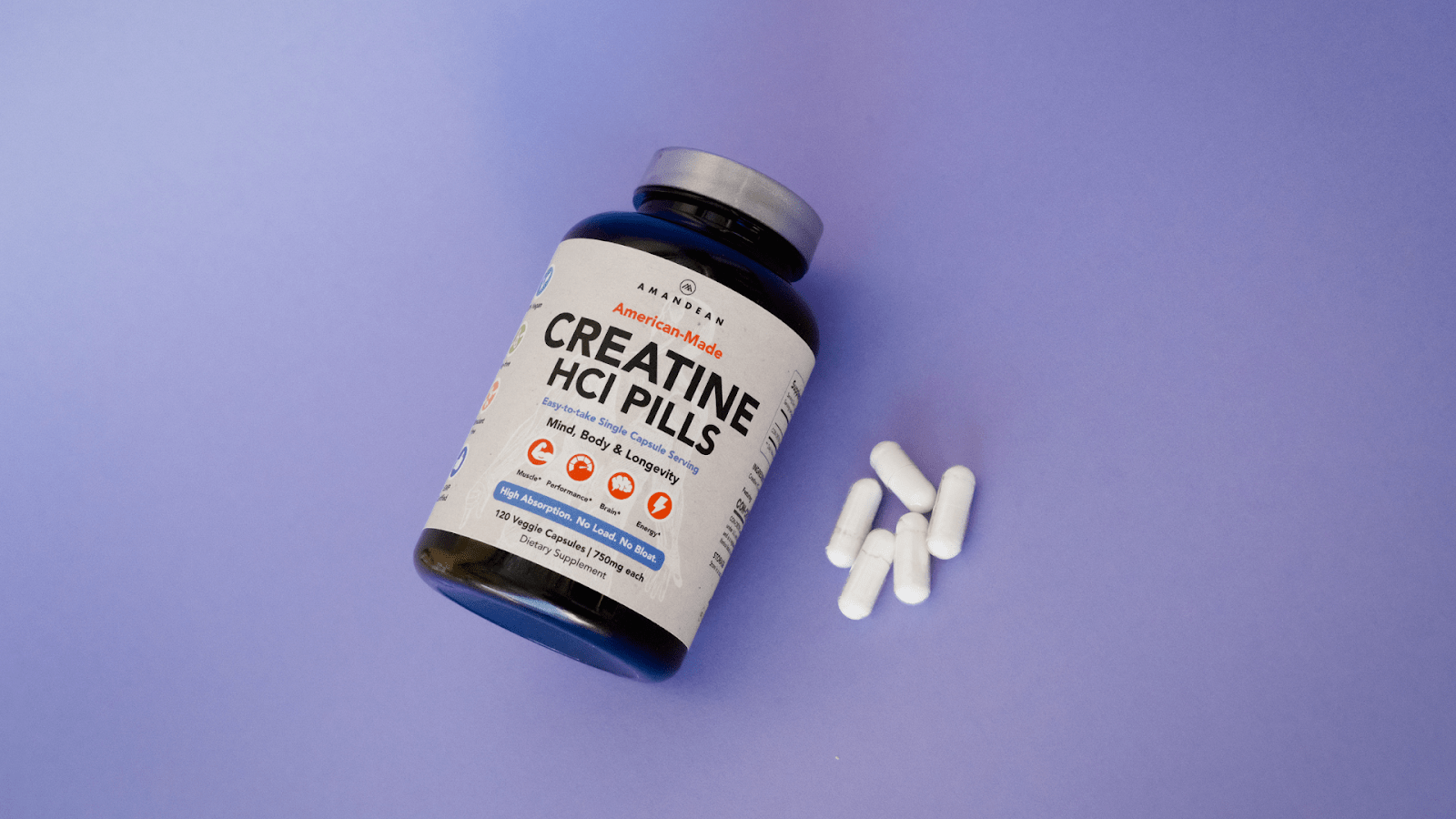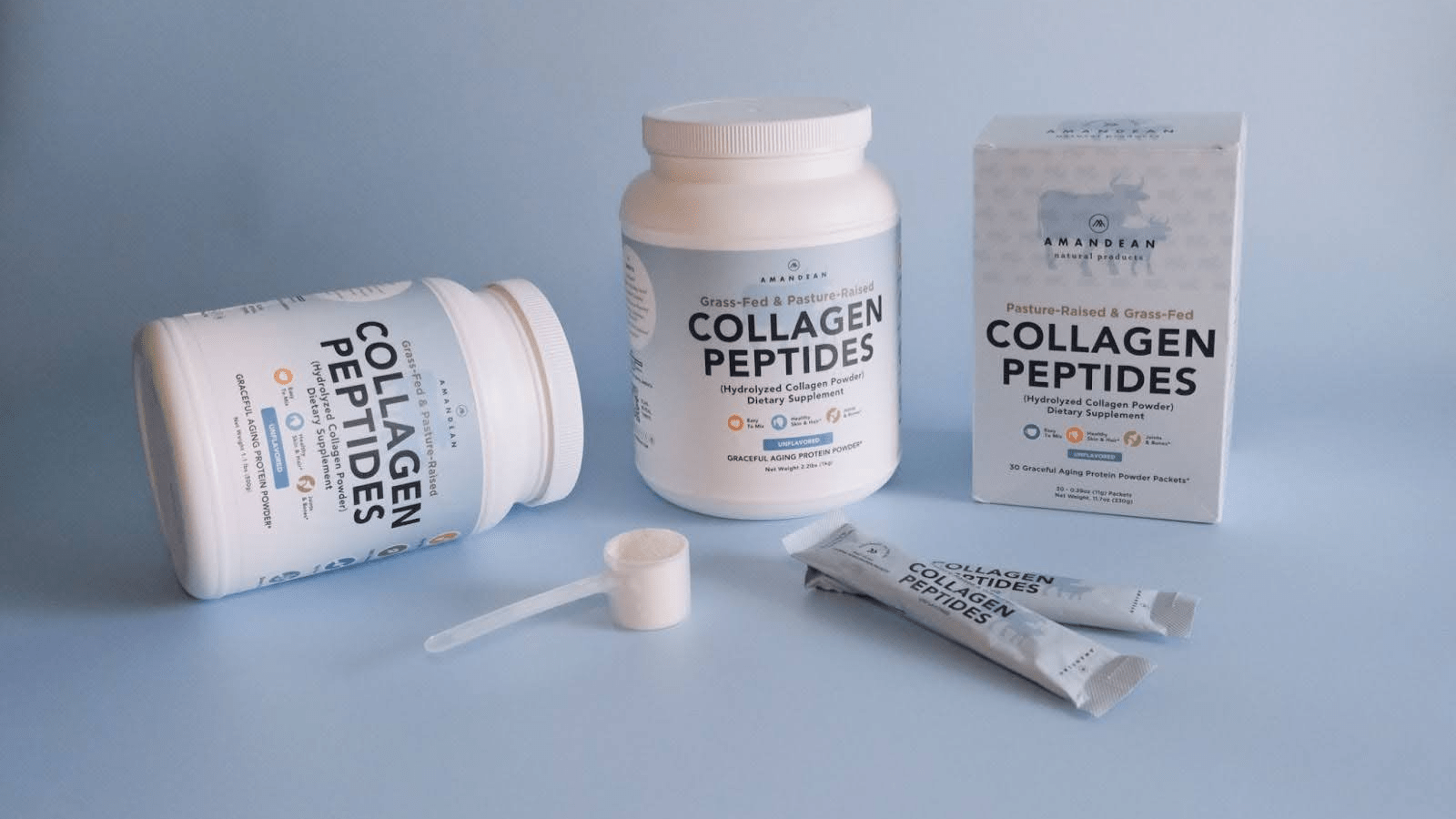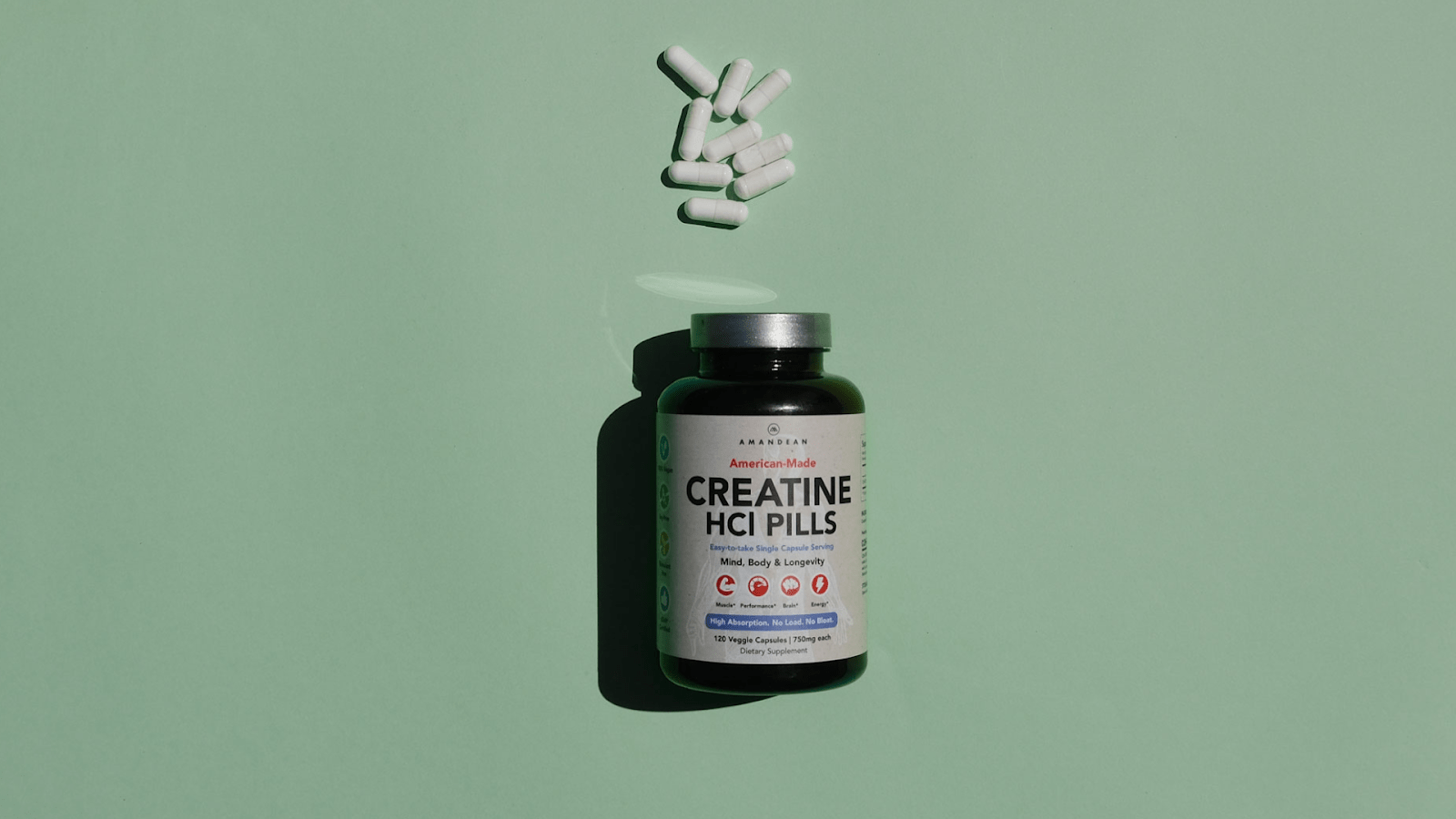Your Cart is Empty

February 07, 2023 4 min read
Take our quiz and find which supplements your body is craving.

The body needs lots of vitamins and minerals to function properly, so why is it that some are eliminated via urine? Is it just vitamin supplements that are wasted or is the same true of certain veggies and other food sources of vitamins?
There are two forms of vitamins: fat-soluble (vitamins A, D, E, and K) or water-soluble (vitamin C and many B vitamins). Fat-soluble vitamins are soluble in lipids or fats, and then travel through the small intestines and into the blood circulation. This is why they should be consumed with a meal. Excess amounts of fat-soluble vitamins build up in the body tissue. This means that when consumed in excess, they have no way to quickly leave the body and can lead to a potentially dangerous condition called hypervitaminosis. Additionally, if a person does not consume enough healthy fat or their ability to absorb fat is inhibited, it can lead to vitamin deficiencies. Fat-soluble vitamins include:

Water-soluble vitamins, on the other hand, travel freely throughout the body. With the exception of vitamin B12, the other water-soluble vitamins can be taken with or without food. Whereas the body "hoards" fat-soluble vitamins and poses a risk of over-consumption, the body disposes of excess water-soluble vitamins by processing them in the kidneys and excreting them via urine. This is why you hear the "expensive urine" argument when your urine turns bright yellow after taking a daily B-complex supplement. If you notice the color of your urine changing after vitamin consumption, this doesn't mean it is a total loss. Rather, the body is ridding itself of the extra vitamin. In this case, you can either decrease the dosage or find a more bioavailable supplement. The water-soluble vitamins include:

Not only is it important to understand how much of a certain vitamin your body needs (this need can fluctuate depending on unique health challenges, age, pregnancy, time of year, etc.), but choosing the most absorbable or bioavailable formula is a must. Bioavailability refers to a substance's ability to be absorbed and used by the body. This determines how well any given vitamin or supplement will deliver its health benefits. There are many different ways to maximize a vitamin or mineral's bioavailability.
Mineral supplements like calcium, magnesium, zinc, and iron are traditionally delivered in tablet form or in small doses via a daily multivitamin. These minerals are notoriously difficult for the body to absorb, even when consumed with food. This is overcome through a process called chelating. Chelated minerals are minerals that are bound to organic compounds or amino acids to help prevent them from interacting with other compounds. Chelated minerals are a great choice for those who are at risk of anemia or severe mineral deficiencies.

One way to enhance the bioavailability of both water and fat-soluble vitamins is through liposomal encapsulation. Liposomal vitamins are trending among celebrities and health influencers and many brands are beginning to catch on. Whereas traditional supplements are often degraded by enzymes in the gastrointestinal (GI) tract, liposomal vitamins protect the vitamin by wrapping it inside of liposomes, a structure composed of tiny phospholipid bubbles with a bilayer structure very similar to that of our cell membranes. This unique structure allows nutrients to be deposited directly into the bloodstream, rather than having to pass through the digestive tract.
Liposomal technology can be applied to fat-soluble vitamins and water-soluble vitamins and other nutrients such as immune system-boosting antioxidants. By "bypassing" the digestive tract, liposomes allow the body to absorb high doses of nutrients without losing them to stomach acid or digestive enzymes.

According to the U.S. Dietary Guidelines, there are seven main nutrients that many Americans don't get enough of in their daily diets:
Some chelated and liposomal formulations of these vitamins are easier to come by than others. In particular, liposomal vitamin C can now be found in doses of up to 1000 mcg per serving.
Other "honorary mentions" include vitamin D (especially for those in the northern half of the country) and glutathione, the body's master antioxidant. As an antioxidant, glutathione can help to protect your body from oxidative stress and ensure that many of your body's processes run smoothly. Amandean offers a liquid liposomal glutathione supplement that helps detox the entire body & boost energy from the inside out. With that in mind, your healthcare provider can point you in the right direction and help you to find the most beneficial vitamins for your unique dietary needs. Once you know which daily vitamins to add to your diet, don't let them go to waste!
Whereas the body "hoards" fat-soluble vitamins and poses a risk of over-consumption, the body disposes of excess water-soluble vitamins by processing them in the kidneys and excreting them via urine.
Bioavailability refers to a substance's ability to be absorbed and used by the body.
Whereas traditional supplements are often degraded by enzymes in the gastrointestinal (GI) tract, liposomal vitamins protect the vitamin by wrapping it inside of liposomes.
Liposomal technology can be applied to fat-soluble vitamins and water-soluble vitamins and other nutrients such as immune system-boosting antioxidants, including vitamin C and glutathione.

October 17, 2025 8 min read
Find out why creatine is better for vegans! Boost your wellness game and unlock peak performance with Amandean's premium supplements today.

October 16, 2025 7 min read
Learn whether collagen in coffee is just another wellness fad. Examine the facts, benefits, and how to use collagen in coffee for beauty and joint support.

September 22, 2025 9 min read
Unlock the full benefits of creatine for women. Boost energy, beauty, and brainpower with Amandean’s clean formulas.